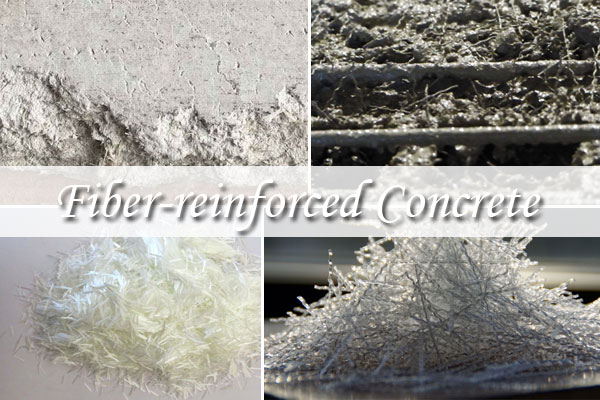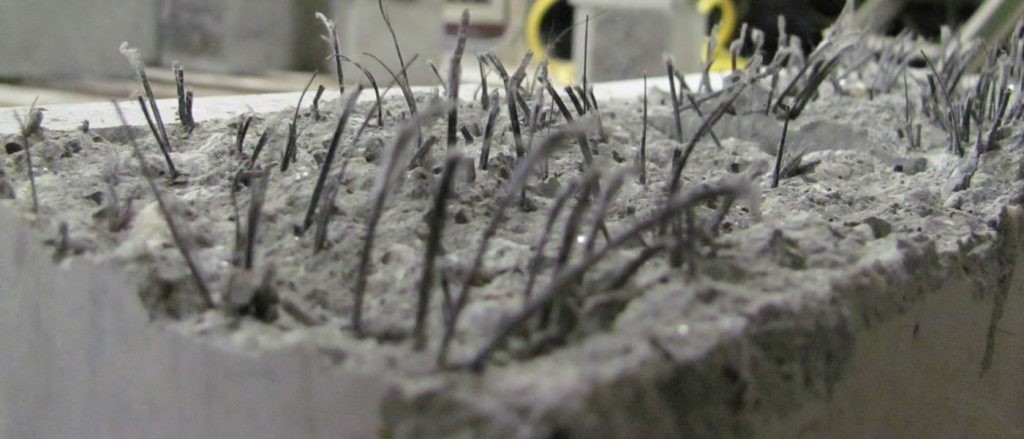Understand the mechanisms behind the reinforcement provided by fibers and their impact on crack control and durability. Explore real-world applications of FRC in construction projects, such as bridges, pavements, and high-rise buildings. Unlock the potential of FRC to optimize your structural designs and ensure long-lasting, resilient structures.
Understanding the Tensile Strength of Fiber Reinforced Concrete
The Significance of Tensile Strength:
Tensile strength refers to a material’s ability to withstand tension or stretching forces without breaking. In traditional concrete, the tensile strength is relatively low, making it susceptible to cracks and structural failure under tensile loads.
Reinforcement Mechanisms of Fibers:
Fibers used in concrete reinforcement act as a reinforcement mechanism in multiple ways. Firstly, fibers bridge micro-cracks that form in the concrete matrix, preventing them from propagating and reducing crack widths. Secondly, fibers distribute the applied load more evenly, enhancing the load-carrying capacity of the concrete. Lastly, fibers absorb and dissipate energy during crack formation, enhancing the toughness and impact resistance of the concrete.

Types of Fibers Used in Fiber Reinforced Concrete
Synthetic Fibers:
Synthetic fibers, such as polypropylene and polyvinyl alcohol (PVA) fibers, offer enhanced crack control and durability properties to FRC. They are lightweight, corrosion-resistant, and provide excellent resistance to freeze-thaw cycles. Synthetic fibers find applications in various concrete structures, including slabs, pavements, and shotcrete.
Natural Fibers:
Natural fibers, including cellulose, coconut, and jute fibers, are eco-friendly alternatives for reinforcing concrete. Although their tensile strength is relatively lower than steel or synthetic fibers, they offer advantages such as improved workability, reduced shrinkage, and enhanced fire resistance.
Applications and Benefits of Fiber Reinforced Concrete
Bridges and Infrastructure:
FRC finds extensive applications in bridge construction, where tensile strength and crack control are critical. Fiber reinforced concrete enhances the durability and service life of bridge decks, reducing maintenance costs and ensuring safe transportation. The use of FRC in bridge beams and precast elements improves structural integrity and enhances resistance to seismic events.
High-Rise Buildings:
In high-rise buildings, FRC is used for floor slabs, walls, and columns to enhance structural performance. The improved tensile strength and crack resistance of FRC contribute to increased load-carrying capacity, reduced shrinkage cracks, and improved fire resistance. Fiber reinforced concrete ensures the safety and longevity of tall structures.

Pavements and Industrial Flooring:
Fiber reinforced concrete is widely employed in pavements and industrial flooring due to its excellent durability and crack control properties. FRC reduces the occurrence of reflective cracking, enhances load-bearing capacity, and prolongs the service life of pavements and industrial floors. It is commonly used in airports, highways, warehouses, and parking lots.
Conclusion
In conclusion, fiber reinforced concrete (FRC) plays a vital role in enhancing structural integrity and durability. By improving the tensile strength and crack resistance of concrete, FRC mitigates the risk of structural failure and extends the service life of constructions. Steel fibers, synthetic fibers, and natural fibers offer unique reinforcement mechanisms and find applications in various industries. Incorporating FRC in projects such as bridges, high-rise buildings, and pavements ensures resilient and long-lasting structures. Embrace the benefits of FRC to optimize your structural designs and create robust, sustainable constructions.